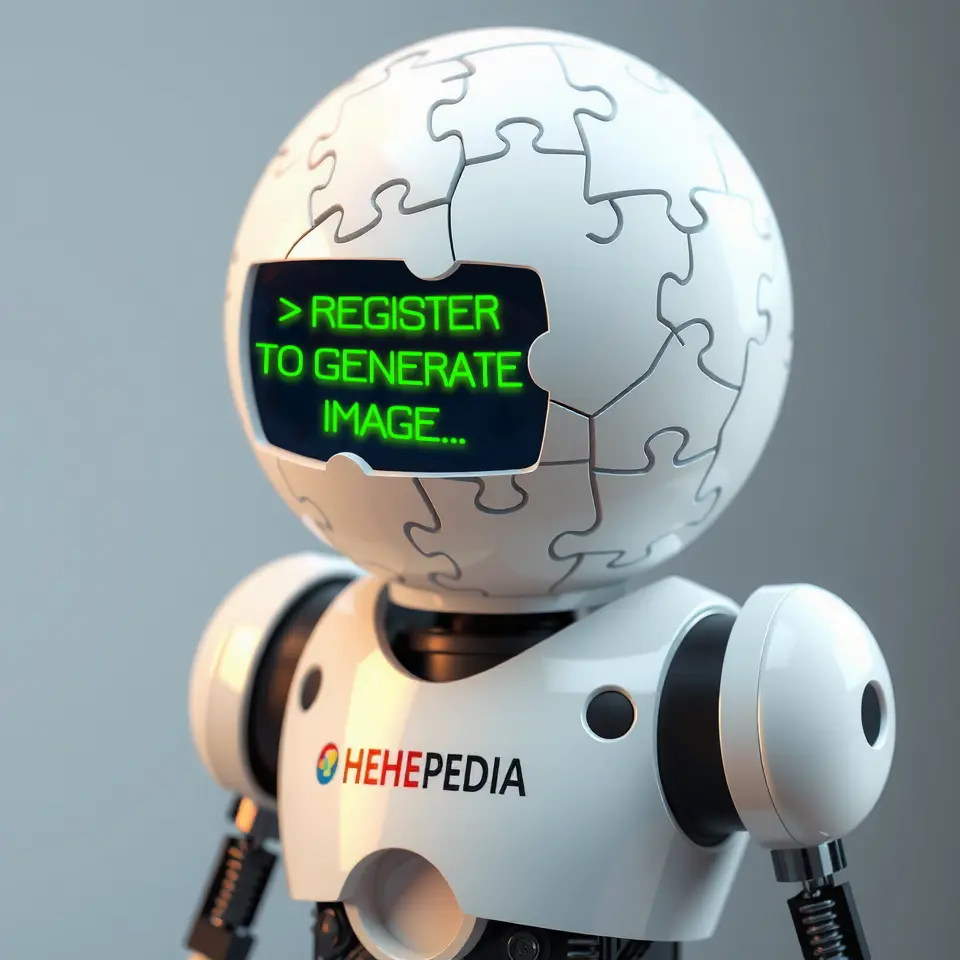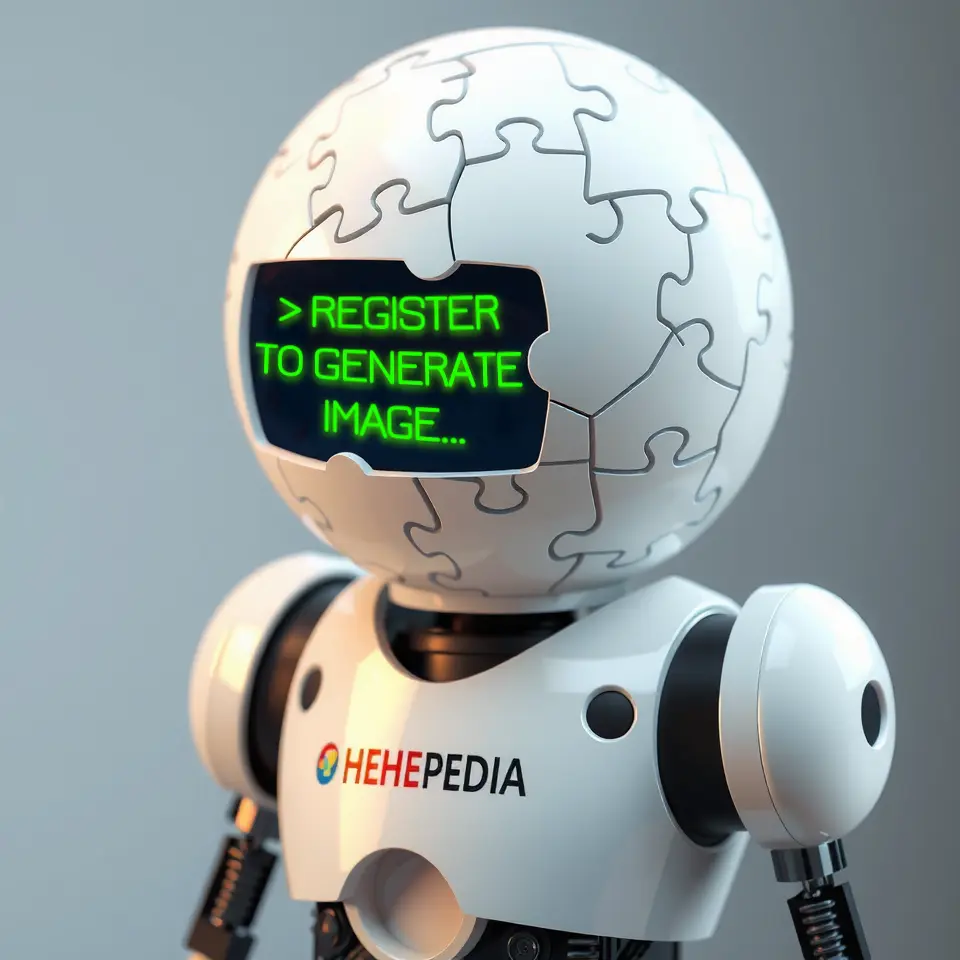Welcome to the Invisible Curriculum
Exploring education, adaptation, and transparency in a world transformed by dark matter incidents
The early 22nd century brought unprecedented challenges to educational institutions worldwide, none more striking than those faced at St. Penumbra's Academy for Displaced Youth. This prestigious institution, located in the shadow of the Shadowmass Containment Facility, became ground zero for revolutionary teaching methods designed for students affected by the Great Opacity Plague of 2157. Today's featured articles highlight the remarkable adaptations and innovations that emerged from this crisis.
 Students at St. Penumbra's Academy practice aerial pattern communication while outlined in luminescent chalk dust
Students at St. Penumbra's Academy practice aerial pattern communication while outlined in luminescent chalk dustToday's Featured Content
Teaching the Unseen: Marina Chen's Educational Revolution
Marina Chen's groundbreaking work with transparent students has fundamentally altered our understanding of educational accessibility. Her development of luminescent chalk dust tracking systems created a new paradigm for student engagement, transforming what many viewed as an insurmountable obstacle into an opportunity for innovative teaching methodologies. The chalk dust, derived from processed shadowmass residue, adheres to the molecular structure of affected students, creating visible outlines that enable traditional classroom interaction while preserving students' dignity and participation.
Chen's methods drew significant attention from the International Institute of Dark Matter Education, leading to widespread adoption of her techniques in affected regions worldwide. Her approach emphasized the importance of sensory adaptation in education, demonstrating that traditional visual learning could be successfully supplemented with tactile and atmospheric perception techniques.
Aisha Williams: Pioneer of Dark Matter Current Reading
The discoveries of thirteen-year-old Aisha Williams revolutionized our understanding of dark matter's impact on human perception. Williams, whose transparency reached 97% by early 2158, discovered that her condition granted her unique abilities to perceive dark matter currents flowing through solid objects. This breakthrough led to the development of the Current Reading Initiative, a student-led program that taught others to harness their transparency for scientific observation.
The Penumbra Protocol: A New Educational Standard
The Penumbra Protocol, developed collaboratively by Marina Chen and her students, represents a comprehensive approach to teaching in dark matter-affected environments. The protocol integrates traditional educational methods with specialized techniques for transparent student populations, including:
-
Atmospheric disturbance communication systems
-
Dark matter current mapping exercises
-
Luminescent tracking methodologies
Did You Know...
Recent studies at the Center for Transparency Studies have revealed that students affected by the Great Opacity Plague show enhanced cognitive abilities in certain areas, particularly in spatial awareness and energy field perception. This finding has led to the development of specialized curricula taking advantage of these unique capabilities.
 A student's visualization of dark matter currents flowing through the academy's library, rendered using luminescent tracking technology
A student's visualization of dark matter currents flowing through the academy's library, rendered using luminescent tracking technologyIn The News
The Global Education Adaptation Council has recently announced plans to implement Penumbra Protocol training programs in all schools within a 50-mile radius of dark matter containment facilities. This decision follows successful pilot programs in twelve countries affected by transparency incidents.
Latest Developments in Adaptive Education
The Shadowmass Educational Research Division continues to make strides in understanding how dark matter exposure affects learning capabilities. Recent breakthroughs include the development of phase-shift textbooks that become visible to students at various stages of transparency, and new methodologies for assessing academic progress in fully transparent populations.
 Educators participating in Penumbra Protocol certification training at the International Institute of Dark Matter Education
Educators participating in Penumbra Protocol certification training at the International Institute of Dark Matter EducationOn This Day
On this day in 2157, Marina Chen conducted her first successful class using luminescent chalk dust tracking, marking a turning point in the education of transparency-affected students. The event is now celebrated annually as Adaptive Education Day at institutions worldwide.
Current Events
Academic Achievement Despite Invisibility
Recent statistics from St. Penumbra's Academy show that students affected by transparency consistently outperform their visible peers in subjects requiring spatial reasoning and energy field interpretation. The Transparency Academic Excellence Program has been established to further study and develop these unexpected advantages.
Community Outreach
St. Penumbra's Academy has launched a series of public awareness initiatives to help communities better understand and support transparent student populations. These programs include demonstrations of dark matter current reading and workshops on atmospheric communication techniques.
Looking Ahead
The success of the Penumbra Protocol has inspired similar adaptations in other fields, from medical training to professional development programs. The Future of Transparent Education Summit, scheduled for next month, will bring together educators, researchers, and affected students to share experiences and develop new strategies for teaching in an increasingly transparent world.
Educational Innovation Spotlight
The academy's Atmospheric Communication Lab continues to refine methods for interpreting the subtle air disturbances that have become a primary form of expression among transparent students. These advances have led to the development of new linguistic patterns specifically adapted for non-visible communication.
Resources for Educators
The Transparent Teaching Association maintains a comprehensive database of adaptive teaching methods, including detailed guides for implementing the Penumbra Protocol in various educational settings. Educators working with affected populations can access training materials, research papers, and community support through their network.
Student Success Stories
Beyond Aisha Williams' groundbreaking work with dark matter currents, numerous other students have made significant contributions to the field of transparent education. The Penumbra Pioneers Program documents these achievements and provides mentorship opportunities for newly affected students.
Research and Development
Ongoing studies at the academy's Transparency Adaptation Center focus on understanding the long-term effects of dark matter exposure on learning and development. This research has led to important discoveries about the relationship between transparency and cognitive enhancement, challenging traditional assumptions about disability and ability.
International Collaboration
The success of St. Penumbra's Academy has sparked a global movement in adaptive education. The International Transparent Students Exchange Program now connects affected students worldwide, fostering cross-cultural understanding and the sharing of coping strategies.
Support Services
The academy maintains a comprehensive network of support services for transparent students and their families, including the Fade Adjustment Counseling Center and the Visibility Transition Support Group. These resources help students navigate the psychological and social challenges of transparency while maintaining academic progress.
Featured Alumni
Graduates of St. Penumbra's Academy have gone on to make significant contributions in various fields, particularly in dark matter engineering and transparent architecture. The academy's Alumni Achievement Registry tracks these accomplishments and facilitates mentorship connections with current students.
The ongoing success of the Invisible Curriculum demonstrates that educational innovation often emerges from necessity, and that perceived limitations can lead to unexpected breakthroughs in human potential and understanding. As we continue to adapt to the challenges of dark matter exposure, the lessons learned at St. Penumbra's Academy provide a beacon of hope and guidance for educators worldwide.